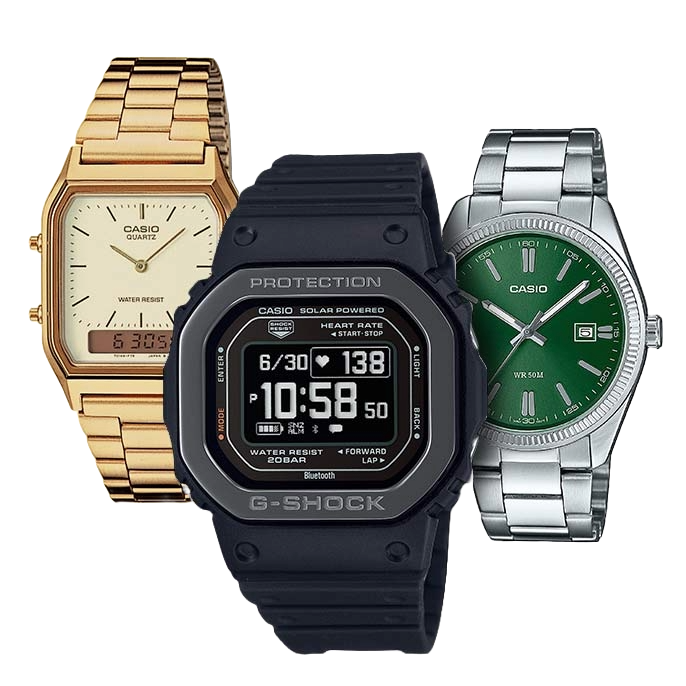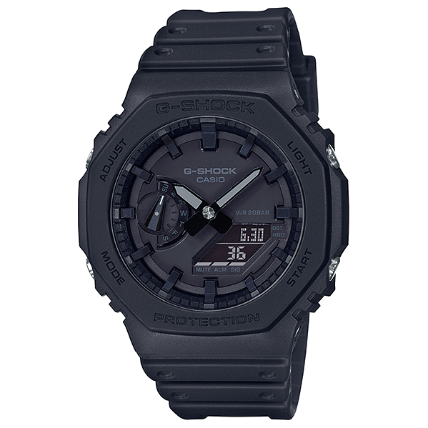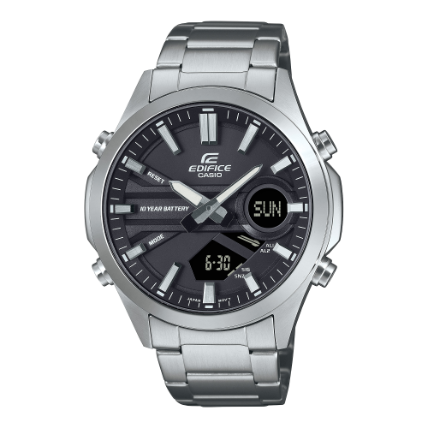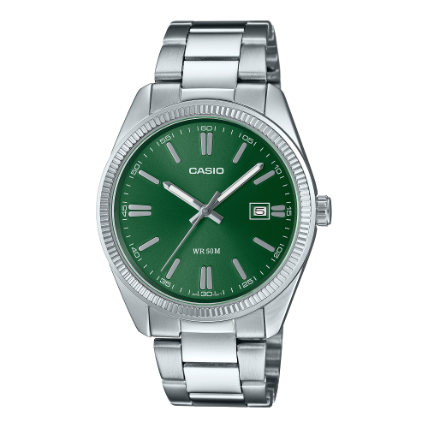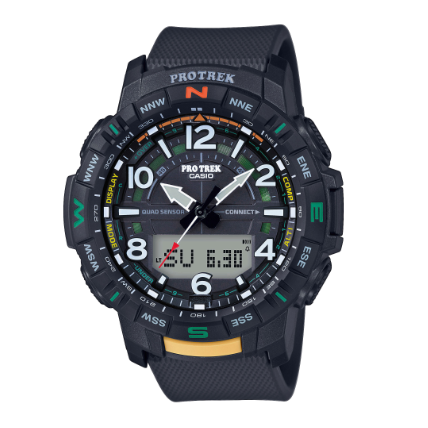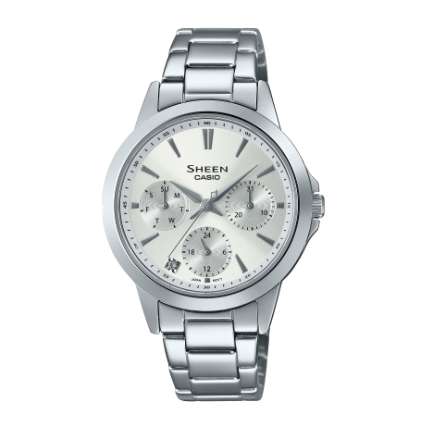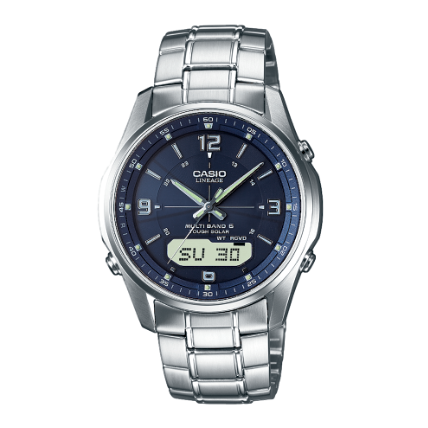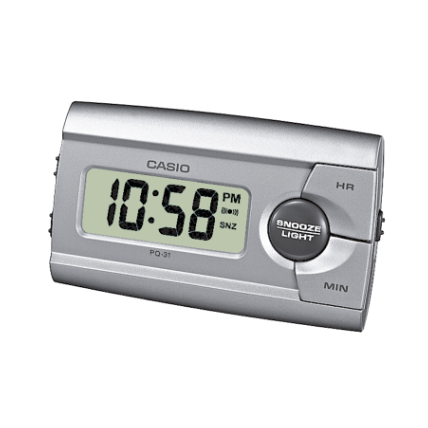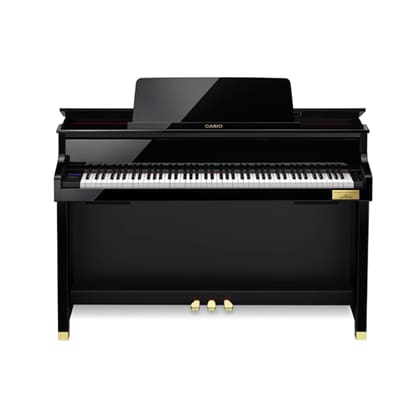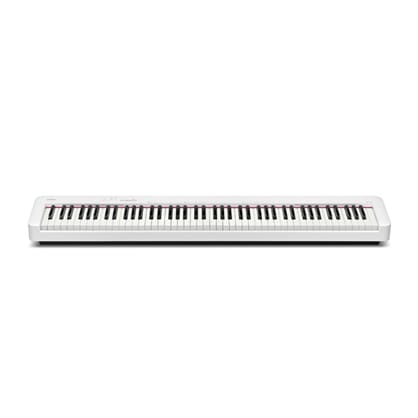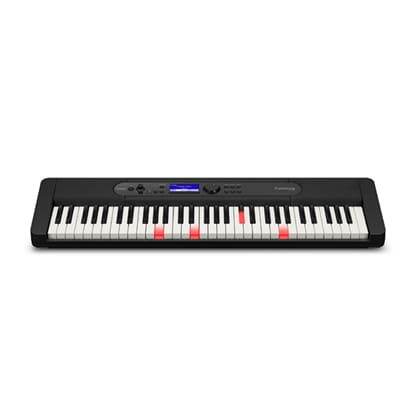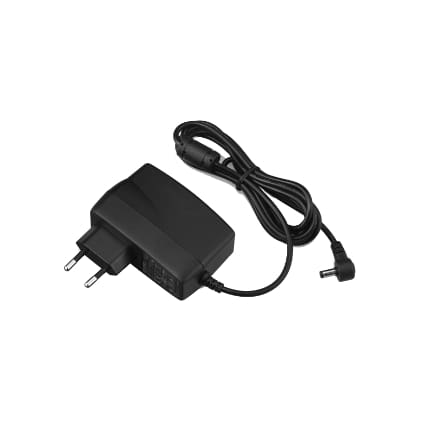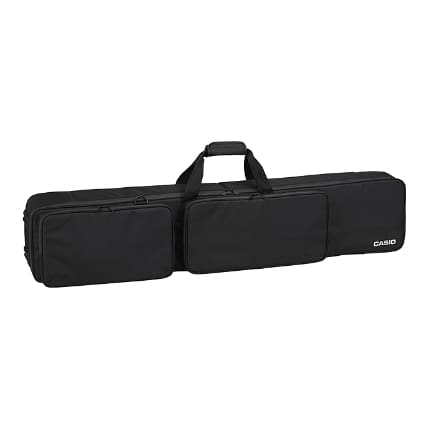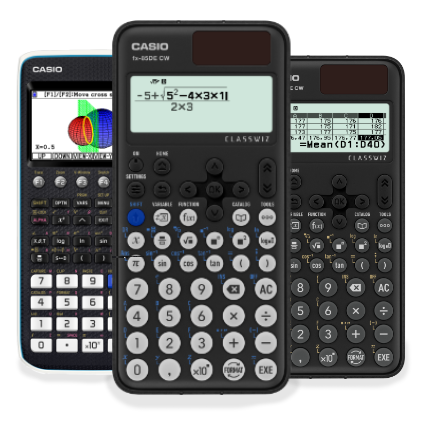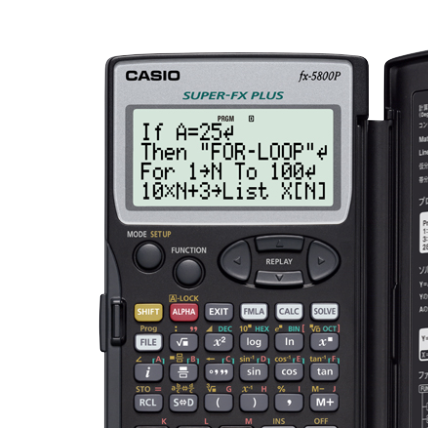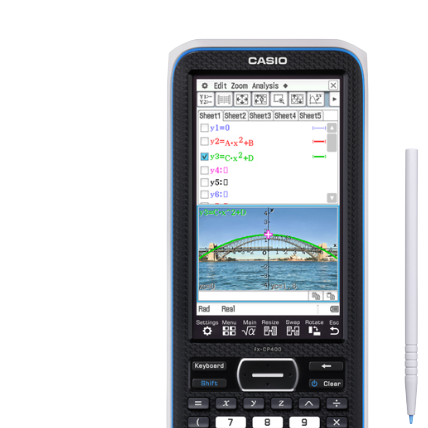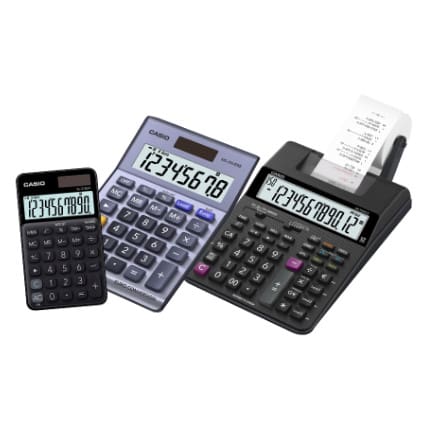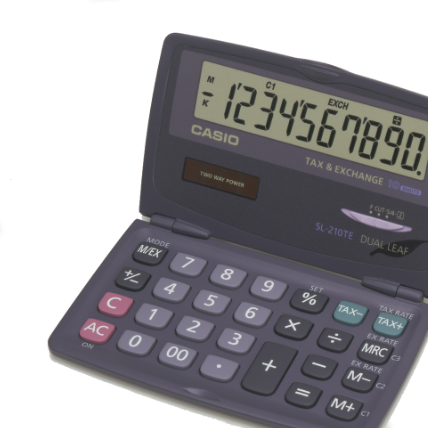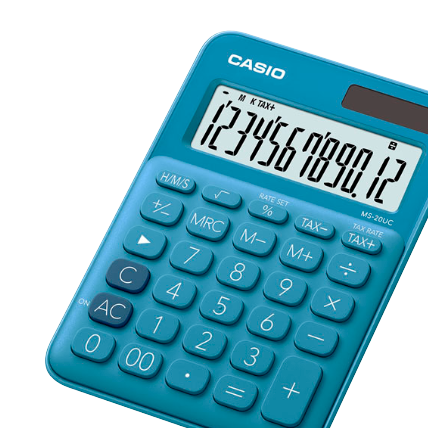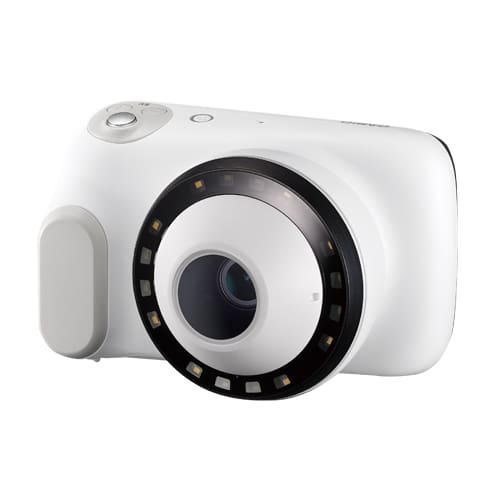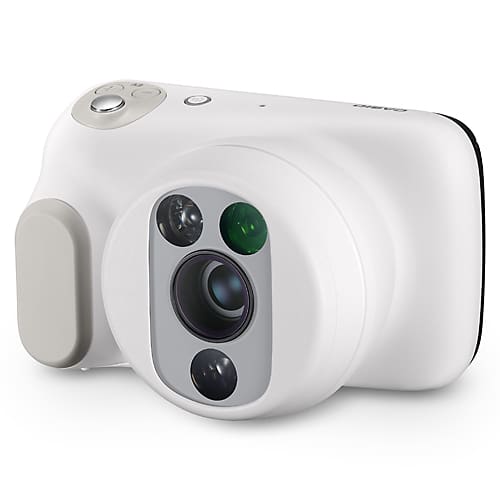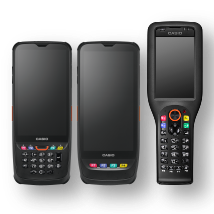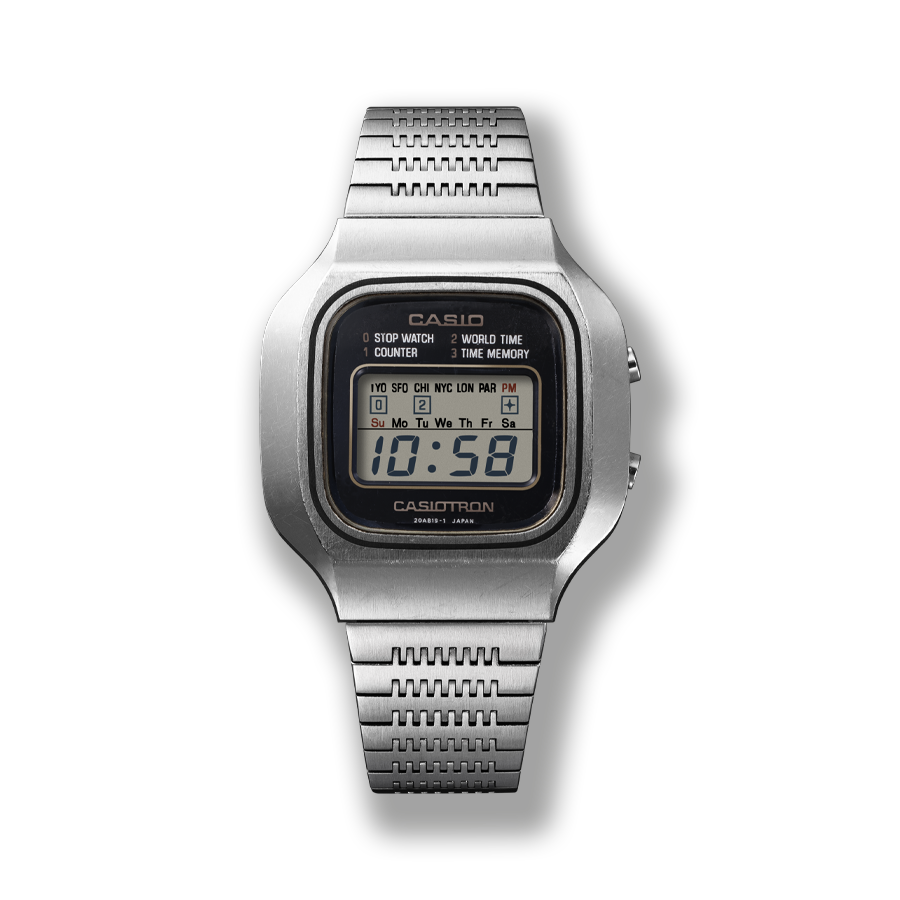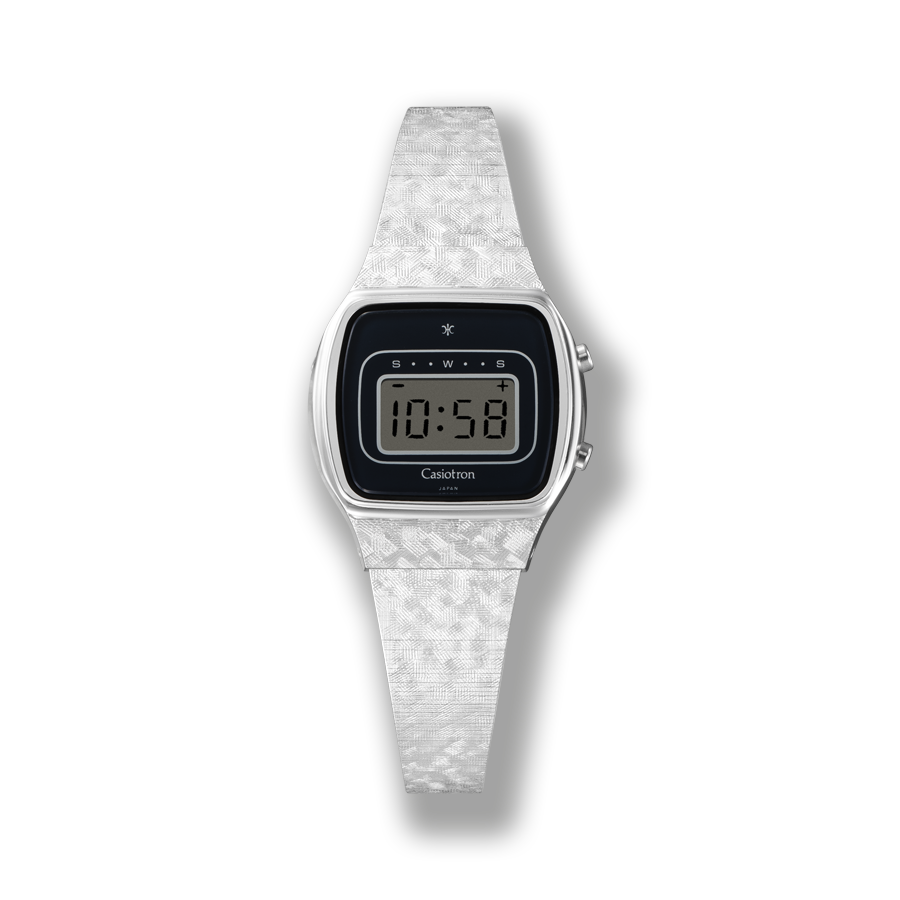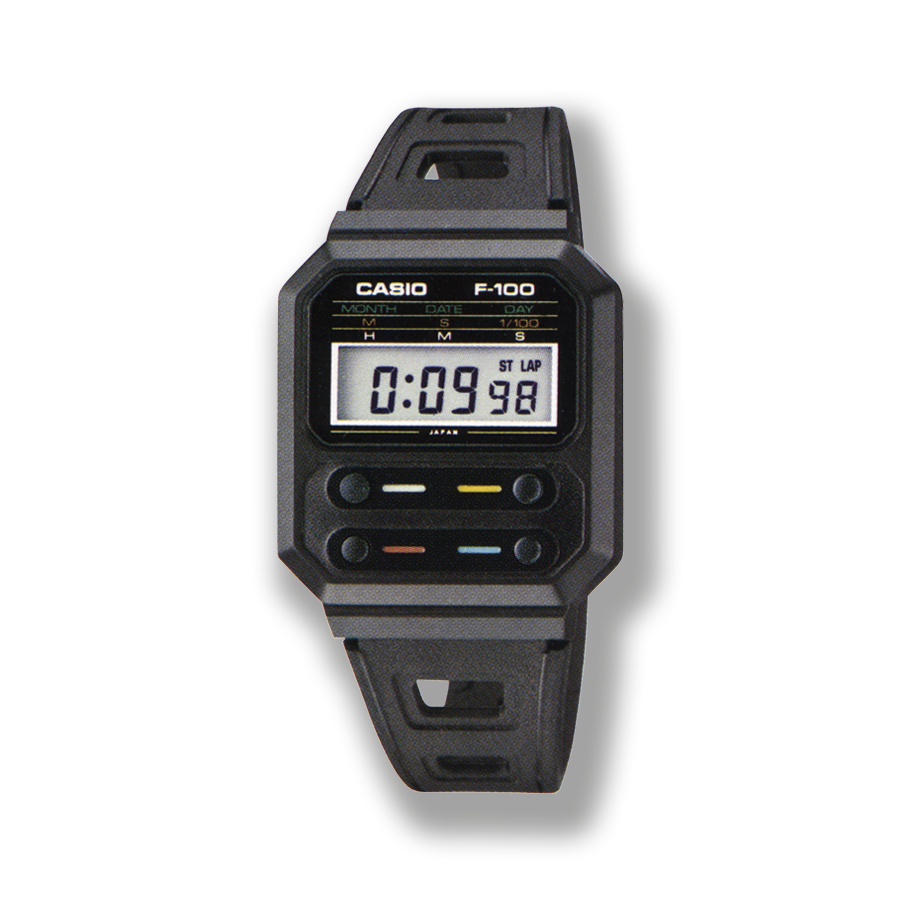The development of CASIO watches: 1970
Our heritage since 1974
Redefining the timepiece in every era to make life better
The history of Casio watches is all about taking on challenges. It all started in 1974 with the Casiotron, the world’s first digital watch with an automatic calendar. Casio has been innovating ever since, delivering highly original watches that not only capture the essence of time-keeping but also expand its possibilities.
Casio is still embracing challenges today, improving people’s lives and contributing to the global community. You can count on Casio to keep creating amazing watches the world has never seen before.
1970s | 1980s | 1990s | 2000s | 2010s - 20s

1976
Dedicated Casiotron assembly line opens
To meet growing demand, the Hachioji Factory switches from producing calculators to making Casiotron watches. Maintaining a clean environment, the assembly line — featuring the latest in auto-assemblers and testing equipment — begins operating in 1976. The production framework is later strengthened by having plants outside Japan make cases and certain other components, further fortifying the foundation of the watch business.

1976
Hannover Messe exhibition
The Casiotron X-1 is unveiled at Hannover Messe, one of the world’s largest international industrial trade fairs. Amid the innovation driving the shift from mechanical to quartz movements and the swift spread of digital watches, this is no mere digital watch. It is a computer watch, offering all new possibilities with its five functions. Original Casio electronics present a new answer to the question of what a wristwatch could be, writing a new page in the industry’s history.

1979
Hamura R&D Center completed
The Hamura R&D Center, the linchpin of Casio technology development, opened in Hamura City, Tokyo. The center launches into fundamental and wide-ranging research supporting original product development. Another focus is enhancing the training of engineers, 25% of Casio employees at the time. A second building is added in 1983, and a third in 1990. The center becomes the development home of the watches that would follow the Casiotron, as well as the first G-SHOCK, the DW-5000C, which came out in 1983.


1979
Yamagata Casio Co., Ltd. established
Yamagata Casio Co., Ltd. opens in Higashine City, Yamagata as a base for manufacturing, commencing full operations in April the following year. Here, the very latest in facility equipment supports smaller form factors and high-density mounting, complete with automated production lines and power-saving features. The company boasts world-class precision mold manufacturing and resin mold machining. Later, as innovation moved into the realm of nano-processing, it delivers high-precision manufacturing, making everything from delicate, tiny gears to top-quality cases and dial components.
1970s | 1980s | 1990s | 2000s | 2010s - 20s
